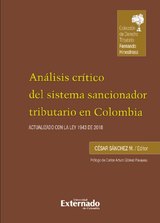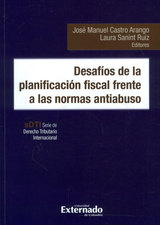Roughness is the main feature of the pavement surface that defines user comfort. Pavement roughness is generally defined as irregularities in the pavement surface that adversely affect ride quality, specifically user perception of the road condition. This paper highlights the limitations associated with the evaluation and implementation of the international roughness index (IRI) on urban roads. The paper focuses on (a) roughness evaluation with full-scale profilers and (b) conditions particular to urban roads—namely, traffic, intersections, and operating speeds. Given that the speed of urban networks is typically less than the 80 km/h used in the IRI quarter-car model, the implementation of the IRI model on urban roads was evaluated. Even though a given pavement surface reported a unique IRI value, user experience of the profile depended on the travel speed. This result was evidence that user perceptions of road condition are highly influenced by travel speed. The results suggested the need to develop a roughness index that captures the unique characteristics of urban roads and can estimate the road condition as perceived by users. For that reason, this research study focused on establishing thresholds for IRI on the basis of the weighted vertical acceleration parameter as an aid to assessing user perception. The proposed method allows the maximum allowable IRI value for a given road to be established on the basis of the road’s operational speed. The results indicated that IRI thresholds agreed with international and local Colombian standards.
Publicaciones
Travel quality assessment on urban roads based on international roughness index: case study in Colombia
Detalles
- Por:
- Paginas: 25 páginas
- ISBN:
- Publicación: Jun 21, 2019

















